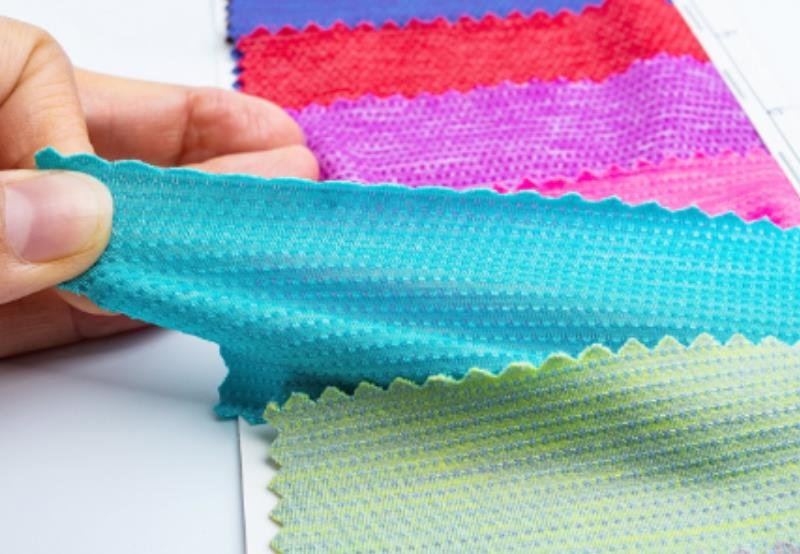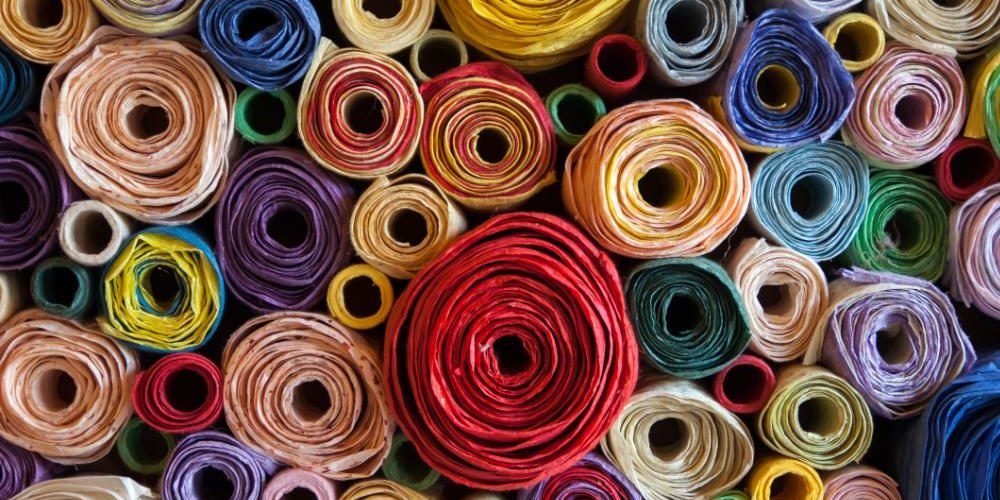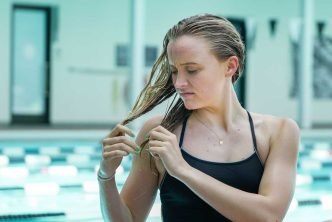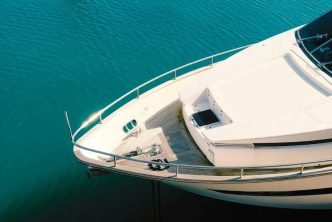Sewing allows you to express creativity and make unique clothes that fit your body and style. Sewing your clothes also means not having to follow the current fashion trends. Instead, you can design your ensemble by combining your patterns and fabrics. You can create unique clothing items and use your wardrobe to showcase your individuality.
Selecting the right fabric to sew with, however, may not be as fun as creating and sewing. It can be easy to get overwhelmed by the quantity and variety of fabric for clothing available on the market. Plus, you may have to buy a few different materials to achieve the intended results. Making sure that you select the right clothing fabrics for your project will guarantee that your efforts are rewarded and that your creations are appreciated by everybody!
Selecting your fabric will be easier if you begin your journey with these considerations in mind:
Table of Contents
Patterned vs. Plain
Even if it is the most beautiful and luxurious fabric for clothing you have ever seen, it is still wise to think carefully about whether patterned fabric is the right option for you. It can be more challenging to cope with, to start.
Going with a plain fabric, which is much easier to manage and will make life much easier for you, can be a wise choice if you are a beginner. For example, stripes and lines can be incredibly cruel. Some designs will draw attention to any unevenness in your sewing, no matter how small it is. To make sure that repeats of some designs are balanced and match, extra attention must be taken.
For some projects, managing patterns may also be challenging. For example, if a bigger pattern is cut around excessively, it may appear weird, smaller repeats may appear a little disorganised, and some designs may be far too crowded. Therefore, even if you are completely enamoured with a pattern, wait to chop it up until you are confident it will be appropriate for the task.
Common Fabrics Used for Garments
Cotton
There are many different types of cotton fabrics to choose from. But the most common are:
- Cotton Poplin: A natural fibre with a light to medium weight and a limited drape. This material is easy to sew with, and you can use it for shirts, skirts and dresses.
- Cotton Lawn: A lightweight fabric with a very good drape. It’s easy to sew with and can used for skirts, dresses, shirts and blouses.
- Cotton Sateen: A material that has a satin finish and sometimes a bit of stretch. Drape will depend on its weight. It’s easy to sew with and can be used for trousers, skirts and dresses.
Chiffon

Chiffon, silk chiffon, polyester chiffon and nylon chiffon are all lightweight materials with excellent drape. They are, however, recommended for advanced sewers. It can be used for sleepwear, lingerie, overlay on evening dresses or blouses and scarves.
Linen
Natural fibre linen has the properties of being both breathable and absorbent. It has a nice drape and is simple to work with when sewing. It can be used in the production of slacks, blouses, skirts, and jackets.
Polyester
- Poly-Viscose 100% Polyester: A material with a very good drape. It can be slippery, so it’s recommended for intermediates to make skirts, trousers and dresses.
- Crepe de Chine: A lightweight material with a silk-like appearance. It has excellent drape but is slippery, so recommended for intermediate sewers to make blouses, lingerie and scarves.
- Crepe: Is available in different weights and can be satin-backed. This material is slippery and better for intermediates. You can use it to make tops, dresses and skirts.
Denim
Stretch Denim: A material with a firm weave and limited or no drape. It is recommended for intermediate sewers for making dresses, skirts, shirts, jackets and coats.
Non-Stretch Denim: Also features a firm weave with limited or no drape. It’s however, easier to sew with and can be used to make dresses, shirts, skirts, jackets and coats.
Taffeta

A luxurious material with a firm weave and limited drape. It’s recommended for intermediate sewers for making luxurious evening wear.
Velvet
A material with a short dense pile and excellent drape. It’s recommended for advanced sewers to make luxurious dresses, tops, trousers, jackets and skirts.
Stretch

Stretch is the amount of cloth elasticity. The elasticity of textile fibres—their capacity to “bounce back” after being stretched—varies among fabrics. Make sure the stretchy fabric you choose fits your pattern well because it will affect how the finished product fits the body.
Using a ruler, stretch a 12-centimeter length of fabric, holding one end at the zero point and pulling the other until you notice there’s some resistance. To determine the stretch in the fabric, divide the result by the cloth’s starting length. For example, the cloth will extend to a length of 18 cm, which is 6 cm longer than its initial length. This is the same as 50% stretch.
Weight
The weight of a fabric, measured in GSM (grams per square meter), reflects how heavy or light it is. This does not imply that you must weigh the fabric at the store. It’s only a way to determine a material’s thickness and distinguish between light, medium, and heavy-weight fabrics.
Here’s a list of fabrics divided into different categories. Note that the way the fabric is treated, dyed and printed can all affect the weight of the fabric.
- Lightweight – Chiffon, voile, and taffeta.
- Medium Weight – velvet, sateen chambray, cambric, and interlock jersey.
- Heavy Weight – woof felt, denim, hessian, twill.
Drape
The way the cloth flows is dictated by the drape. Simply said, there is less drape in rigid textiles and greater drape in flowing fabrics. Simple! But use caution while using this word. Although weight and drape are two distinct aspects that impact the appearance of clothing, they are sometimes misconstrued.
Greater drape in the fabric causes the skirt to float away from your body, whereas gentle drape causes the skirt to fold in tight to your body. A light, well-draping fabric, for example, is great for a flowing skirt; a stiff, dense fabric, on the other hand, is better for a more structured skirt.
Here are some fabrics defined by their weight and drape.
- Light Weight and Drapey – Batiste,lawn voile, silk creme, charmeuse, georgette, chiffon.
- Lightweight and Stiff – Dupioni, light silk twill, organza, organdy.
- Heavy Weight and Drapey – Linen, gabardine and wool crepe.
- Heavy Weight and Stiff – Sateen, broad-cloth, denin, brocade and coating.





